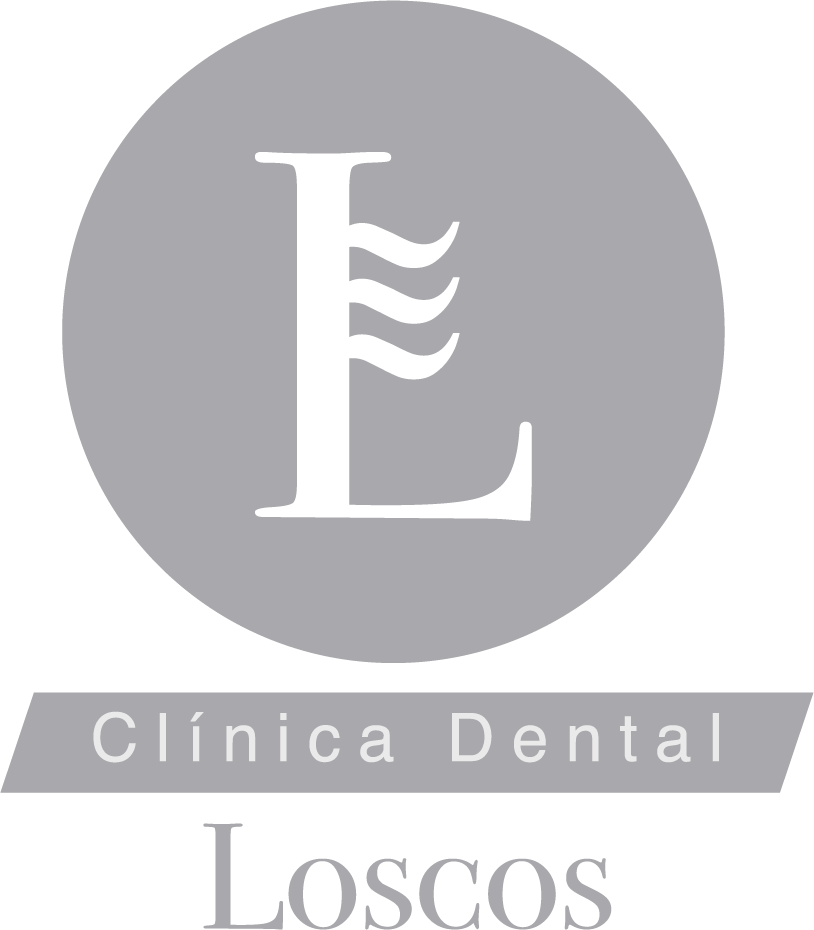Anesthesia and sedation
Inhalation conscious sedation
Many people, both adults and children, feel fear and even anxiety when going to the dentist. For these patients there is a solution, conscious inhalation sedation by mixing nitrous oxide and oxygen, which helps control anxiety and relax. This gas, also known as the gas of laughter, is breathed through a small nasal inhaler, achieving a high state of relaxation, being fully aware of the whole process but controlling its anxiety and fear.
Intravenous conscious sedation
This type of sedation causes an almost total loss of consciousness, being able to respond only to repeated stimuli of pain. Only an anesthesiologist can carry out this type of sedation, in our dental clinic we have the qualified team for it.
LOCAL ANESTHESIA
Dental treatments usually require numbing the part of the mouth that will be treated, for which the dentist needs to inject anesthesia into the gum or inner cheek, which is known as local anesthesia.
The local anesthetic, if there is no cardiac pathology or other contraindication, is usually lidocaine.
The anesthetic drug is only part of what is injected, since it is added to:
- A vasoconstrictor that reduces the diameter of the blood vessels so that the numbness of the area lasts longer.
- A chemical that prolongs the vasoconstrictor effect.
- Sodium chloride that helps anesthesia enter the blood.
- Sodium hydroxide, which helps numbness.
We can differentiate two types of Anesthesia, one numbs the entire region of the mouth, such as the right side of the jaw, and another numbs a smaller area, which is the area near where the anesthesia is placed.
If you need local anesthesia in order to receive dental treatment, the dentist will first dry the area in which you will receive anesthesia, to place a topical anesthetic gel that
numbs the area, with the aim that the injection is noticed as little as possible or even not noticed.
The patient must bear in mind that the use of local anesthesia can last up to several hours, so when leaving the clinic you may have a strange sensation that can make it difficult to speak clearly or eat, so you must take special care not to biting the numbed area, as it can hurt itself without realizing it.
GENERAL ANESTHESIA
This type of anesthesia is used when sedation is not enough and a total loss of consciousness is necessary for the patient to allow dental treatment. Before proceeding with this type of anesthesia it is necessary to perform a thorough medical examination of the patient by the anesthetist.
We collaborate with different clinics to perform the treatment in very special cases. It is a deep anesthesia and can only be performed in centers that have these means.
The application of anesthesia in dental processes is quite frequent.
Depending on the type of treatment to which we are subjected and our particular clinical case, the doctor will use one type of anesthesia or another. In addition, sedation is especially indicated for cases of odontophobia or fear of the dentist.


